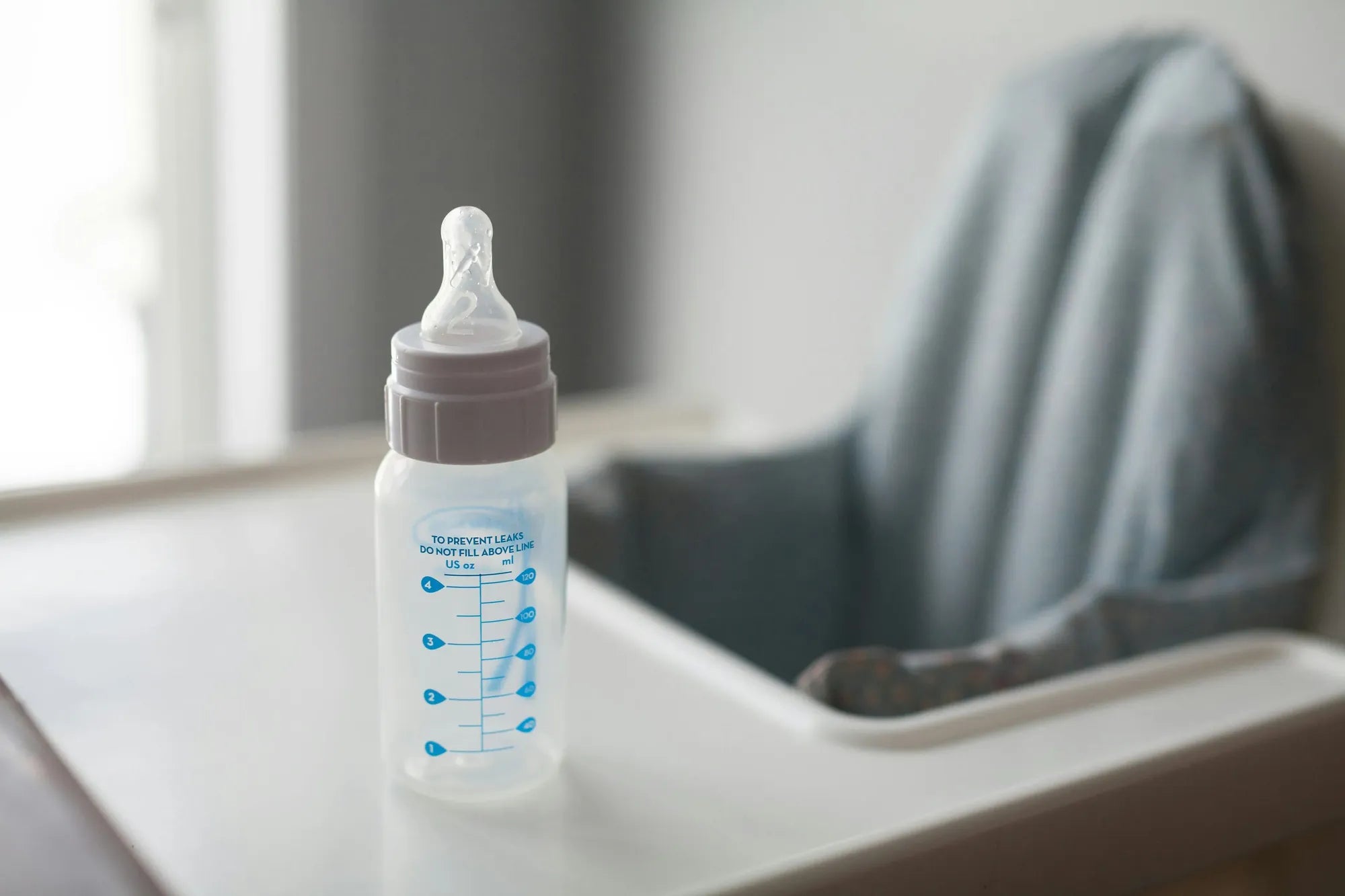Home
Pregnancy, Breastfeeding, and Pumping: The Ultimate Guide for Moms
Can I Freeze Breast Milk Immediately After Pumping?

Can I Freeze Breast Milk Immediately After Pumping?
For new mothers, the question of whether breast milk can be frozen immediately after pumping is a common one. The good news is that yes, you can freeze breast milk right after pumping, but there are some important guidelines to follow to ensure its safety and quality. This article will walk you through everything you need to know about freezing breast milk, from the best practices to the potential pitfalls.
Why Freeze Breast Milk?
Freezing breast milk is a convenient way to store it for future use. Whether you're returning to work, need a break, or simply want to build up a supply, freezing allows you to have a ready stash of milk for your baby. However, it's crucial to handle and store the milk correctly to maintain its nutritional value and prevent contamination.
Steps to Freeze Breast Milk Immediately After Pumping
Here’s a step-by-step guide to freezing breast milk right after pumping:
- Use Clean Equipment: Ensure that all pumping equipment, bottles, and storage containers are thoroughly cleaned and sanitized before use.
- Label the Milk: Always label the milk with the date it was pumped. This helps you use the oldest milk first and ensures your baby gets the freshest milk possible.
- Store in Small Portions: Freeze milk in small portions, such as 2-4 ounces, to minimize waste and make it easier to thaw only what you need.
- Use Appropriate Containers: Use containers specifically designed for freezing breast milk, such as BPA-free plastic bags or glass bottles. Avoid using regular plastic bags or containers not meant for freezing.
- Cool Before Freezing: If the milk is still warm from pumping, let it cool in the refrigerator for about 30 minutes before transferring it to the freezer. This helps maintain the milk's quality and prevents temperature fluctuations in the freezer.
- Freeze Immediately: Once the milk is cooled, place it in the freezer as soon as possible. The sooner you freeze it, the better it retains its nutritional value.
How Long Can You Freeze Breast Milk?
Breast milk can be safely stored in the freezer for up to 6 months, although using it within 3 months is ideal for optimal quality. If you have a deep freezer, the milk can last up to 12 months. Always check the milk for any signs of spoilage, such as an off smell or unusual color, before feeding it to your baby.
Thawing and Using Frozen Breast Milk
When you're ready to use the frozen milk, thaw it safely by placing it in the refrigerator overnight or running it under warm water. Avoid using a microwave, as it can create hot spots that may burn your baby's mouth. Once thawed, use the milk within 24 hours and never refreeze it.
Common Mistakes to Avoid
While freezing breast milk is straightforward, there are some common mistakes to avoid:
- Overfilling Containers: Leave some room at the top of the container, as breast milk expands when frozen.
- Using Improper Containers: Only use containers specifically designed for freezing breast milk to prevent leaks and contamination.
- Ignoring Expiration Dates: Always use the oldest milk first and discard any milk that has been frozen for too long.
- Refreezing Thawed Milk: Once thawed, breast milk should be used within 24 hours and never refrozen.
Benefits of Freezing Breast Milk
Freezing breast milk offers several benefits, including:
- Convenience: Having a stash of frozen milk allows you to feed your baby even when you're not available.
- Flexibility: It gives you the flexibility to manage your time and responsibilities without compromising your baby's nutrition.
- Peace of Mind: Knowing you have a backup supply can reduce stress and make breastfeeding more manageable.
Freezing breast milk immediately after pumping is not only possible but also a practical way to ensure your baby always has access to your milk. By following the proper steps and avoiding common mistakes, you can maintain the quality and safety of your breast milk, giving your baby the best start in life.
Share

